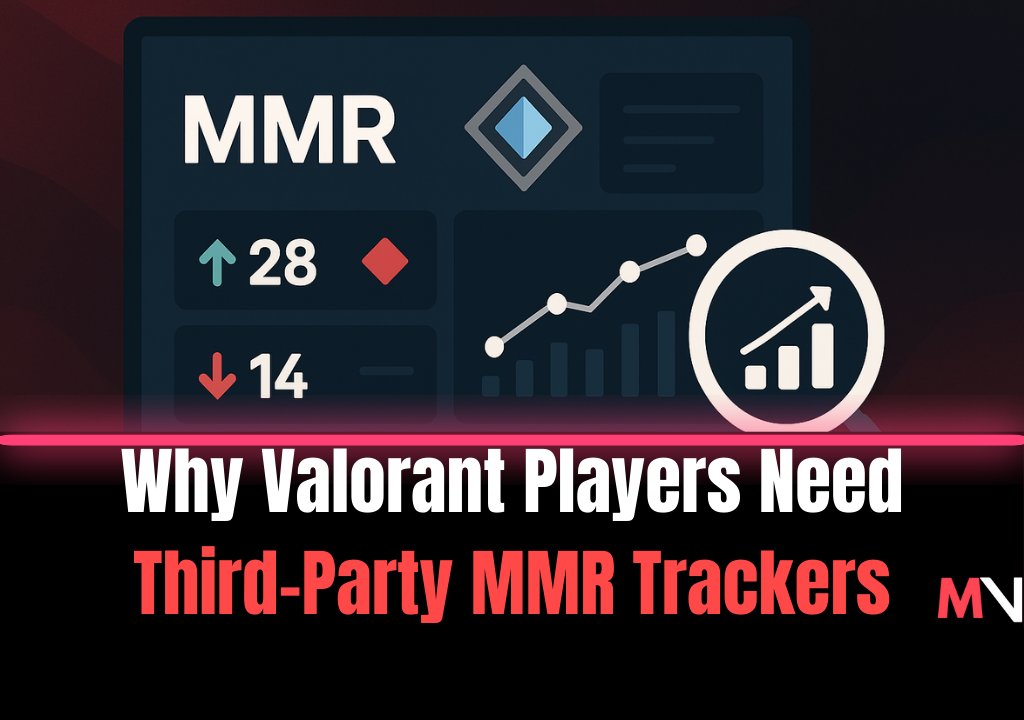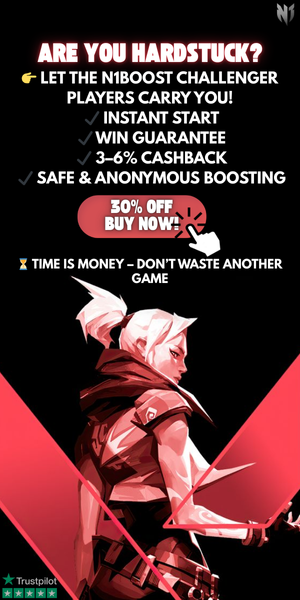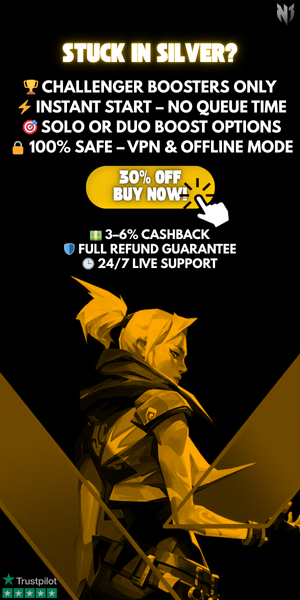Why Valorant Players Need Third-Party MMR Trackers
It can be hard to climb the competitive ladder in Valorant, especially when your visible RR (Rank Rating) doesn't really show how good you are. Third-party MMR trackers come in handy here. These tools let you see your hidden Matchmaking Rating (MMR), which helps you better understand how the system rates your progress.
What Is the Importance of Third-Party MMR Trackers?
Riot's in-game rank system only shows your current division and RR, but MMR trackers give you a better idea of how good you are. They use match data, performance metrics, and complex algorithms to guess your hidden MMR, which is what:
- How much RR you get or lose after each game.
- The skill level of the people you play with and against.
- How quickly or slowly you climb compared to how well you do.
This extra openness is very important for players who want to know why they only get +15 RR after winning and -25 RR after losing.
Using an MMR Tracker Has Its Benefits
Find Differences in Rank
Trackers will show you that you're close to ranking up faster if your MMR is higher than your visible rank. On the other hand, if it's lower, you'll know why climbing feels harder.
Feedback on Performance
A lot of MMR trackers break down your stats, such as KDA, win rates, and objective play, to show you what's making your MMR go up or down.
Keeping an Eye on Progress
You can see your MMR trend line over time instead of waiting for Riot's system to "catch up." This will help you guess when you'll reach the rank you want.
Motivation and Goal Setting
Seeing your hidden rating go up gives you more motivation. It shows that the system knows you've gotten better, even if your visible rank doesn't change right away.
Why Players Rely on Third-Party Tools
Without more information, the ranked grind can seem unclear. Third-party MMR trackers fill in that gap and give you information that Riot's client doesn't. For competitive players who want to know more about the math behind matchmaking and ranking, they are now essential.
Keep an Eye on Your MMR in Real Time
If you want to stop guessing and start keeping track of your MMR correctly, go to https://mmrvalorant.com/
Tags

Author




